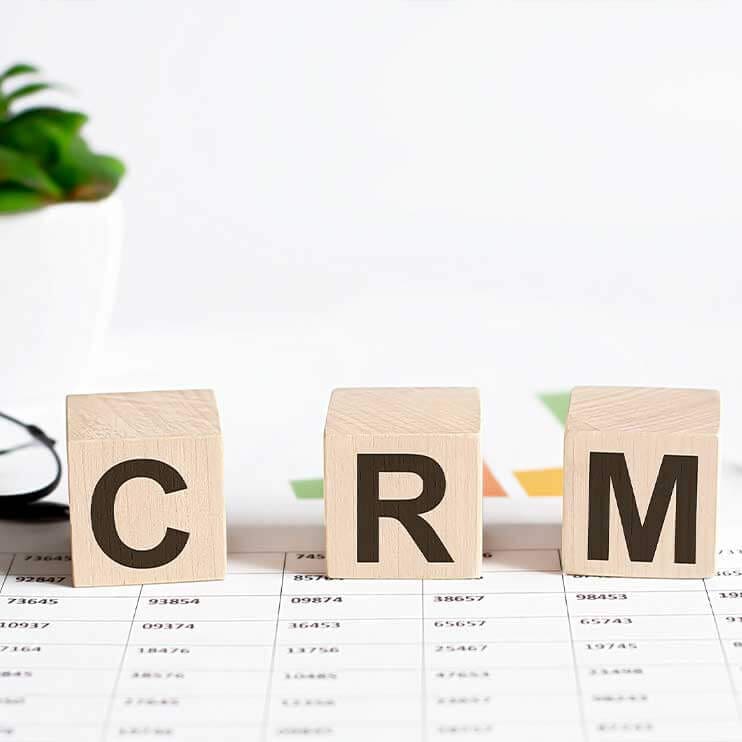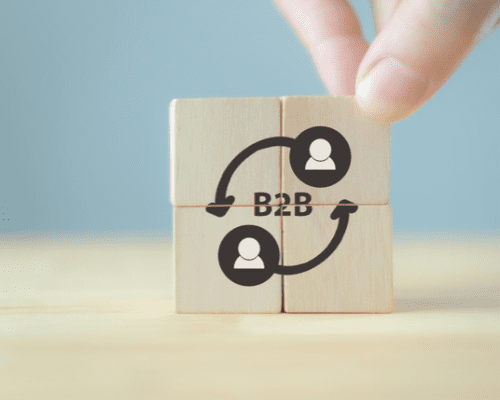A CRM strategy will only add value to your organisation if you correctly align that technology to your business objectives and strategise accordingly.
Successful CRM implementation is about so much more than merely buying the right technology to solve a problem. A CRM strategy will only add value to your organisation if you correctly align that technology to your business objectives and strategise accordingly.
According to Forrester, to properly plan and implement CRM, application and development delivery (AD&D) professionals are required to do three things:
- Place the delivery of differentiated customer experience at the heart of the plan;
- Use quicker planning cycles and agile processes; and
- Mandate increased collaboration between business and technology organisations.
Planning for pitfalls
A successful CRM program links business goals, customer benefits, processes and functionality needs.
A poorly planned initiative will simply create more difficulty in defining your strategy, cost money and waste time. Forrester’s recent report cites two common pitfalls in the formation of CRM initiatives.
Firstly, a lack of focus on business value. A desire for increased customer focus leads to organisations losing sight of the constraints of time, money and politics. They create solutions for problems that don’t exist.
Secondly, a lack of attention on business processes and ‘people’ issues, with too much focus placed on the automation of processes. This undervalues CRM’s potential, which lies not in the technology itself, but in how it’s used.
How best to avoid these pitfalls? Build a solid foundation with a customer experience strategy that addresses their expectations across various touchpoints. This must include specifics such as the desired result of customer interactions, the required level of employee involvement, which data you need from the customer, and the best opportunities on which to focus your energies. As AD&D professionals put it, think from the outside in. First define the experience that the customers desire, then focus on the internal processes and objectives.
Project management and business development must be agile to avoid running into barriers, particularly in fast-moving or fast-growing companies. With technology being integral to the business, it’s vital that your CRM strategy uses it as a component, rather than creating parallel business and technology strategies.
Adopt best practices before creating a CRM strategy
Forrester lays out the best practices to follow in technology strategies before even embarking on CRM planning. Identify project leaders and assemble a diverse, transversal team that will unify CRM initiatives across customer-facing departments – the team members should themselves represent a cross-section of departments.
Understand that the CRM strategy and roadmap are not the same thing. Forrester defines CRM strategy as, “The approach that the organisation will take to execute the business process and technologies that support the key activities of targeting, acquiring, retaining, understanding and collaborating with customers.” By contrast, they define the roadmap as, “A plan that matches short-term and long-term customer relationship management goals with specific technology solutions to help meet those goals.”
Forrester sets down the planning process in five steps:
- understand the business drivers;
- articulate a business vision and goals;
- prioritise the business capabilities required for success;
- define future-state strategies; and
- establish measures.
With guidance, the ideal plan is possible
The ideal plan for your organisation can be created and implemented, with Forrester defining an eight-step process in their CRM Strategic Plan and Roadmap Process. This plan requires a systematic approach to understanding what business drivers affect your organisation. Are your customers or competitors evolving? What about technological trends? A clear vision of the competitive landscape is necessary to rationalise complex sales processes and apply technology correctly.
Technology and business leaders on the project must work together to set the direction of the strategic focus. This must take into account not only the current state of CRM capabilities, but also likely future trends. The available options must be evaluated thoroughly against desired capabilities and expected outcomes as part of the ‘outside-in’ thinking; measure what’s important to customers in order to focus on business outcomes.
Laser focus
As Forrester concludes, “to avoid wasting time and effort on ill-conceived CRM initiatives, organisations should keep a laser focus on creating business value.”
While businesses such as Salesforce, SugarCRM and Zendesk can more than deliver on the technologies, a bullet-proof CRM strategy is key to choosing the tech that aligns with your company’s needs.
It’s essential to follow CRM-planning best practice, pay attention to financial and procedural disciplines, and know when to involve the technology organisation.
redk has 15 years of experience as technical consultants and CRM experts. Talk to us if you’re looking to enhance efficiency and profitability through world-class tools that optimise performance across your organisation.










